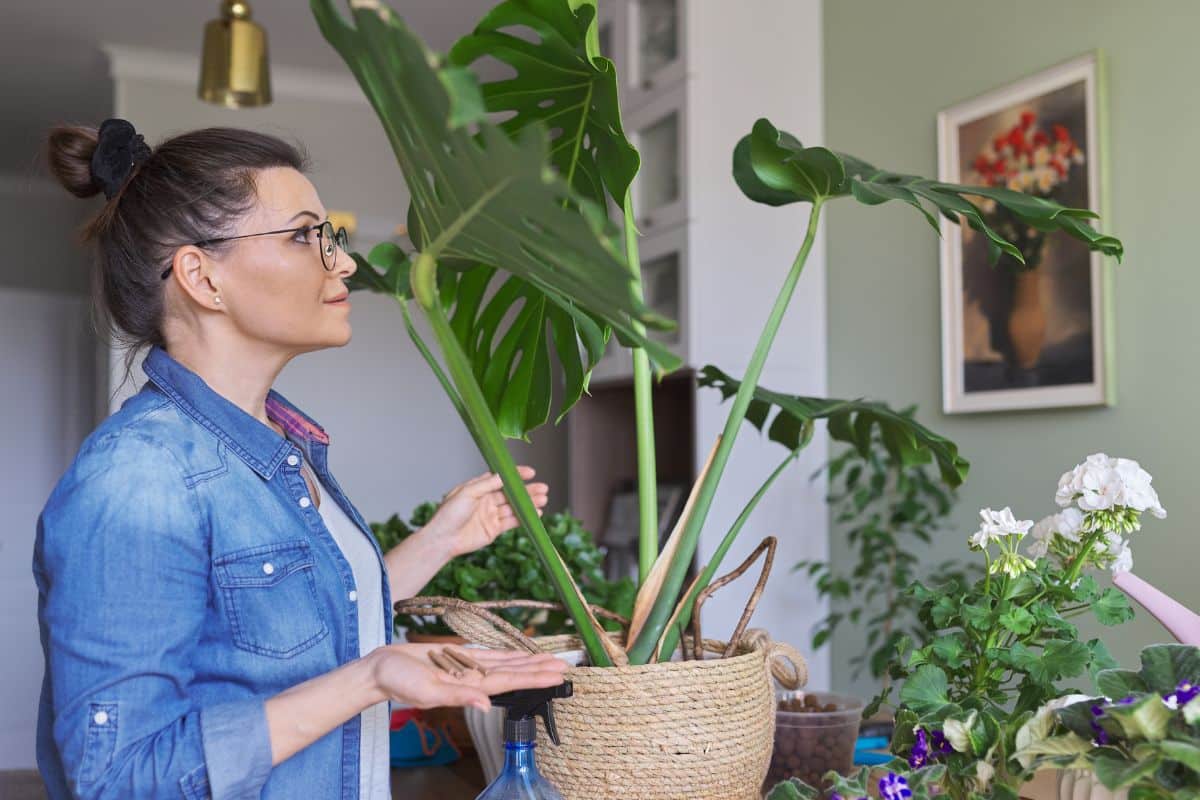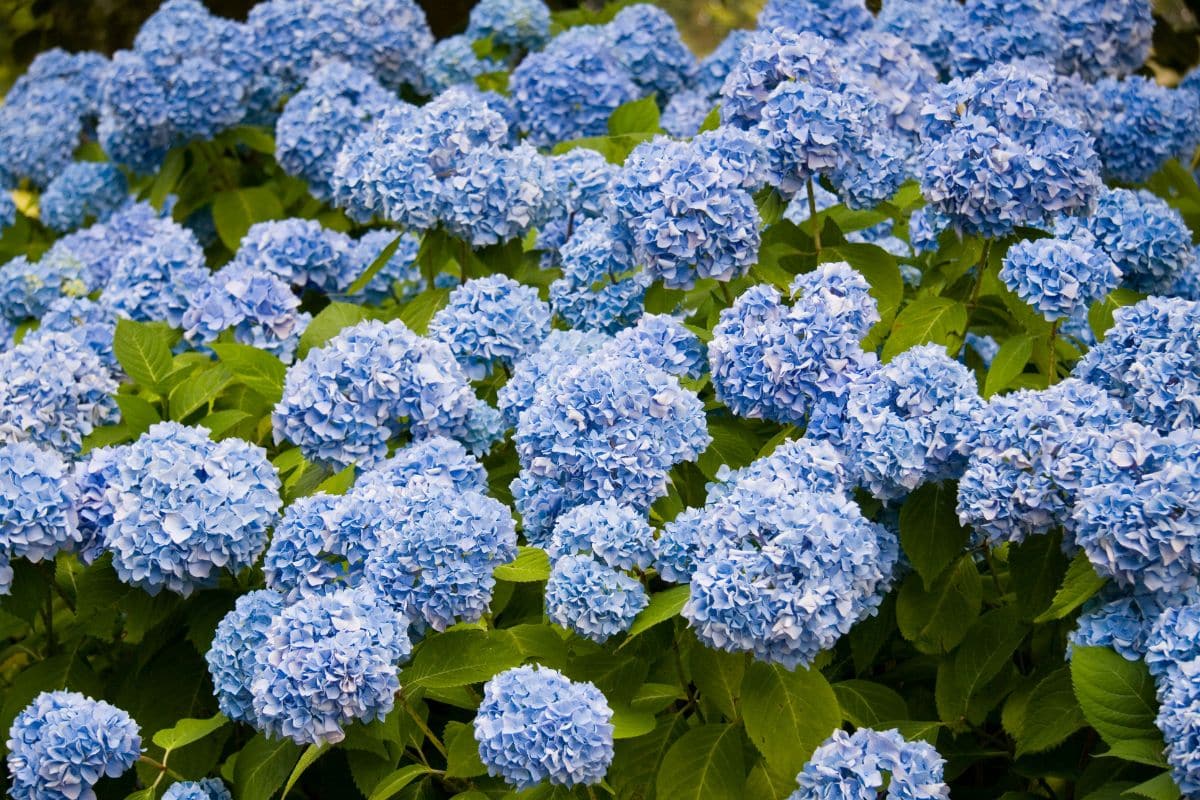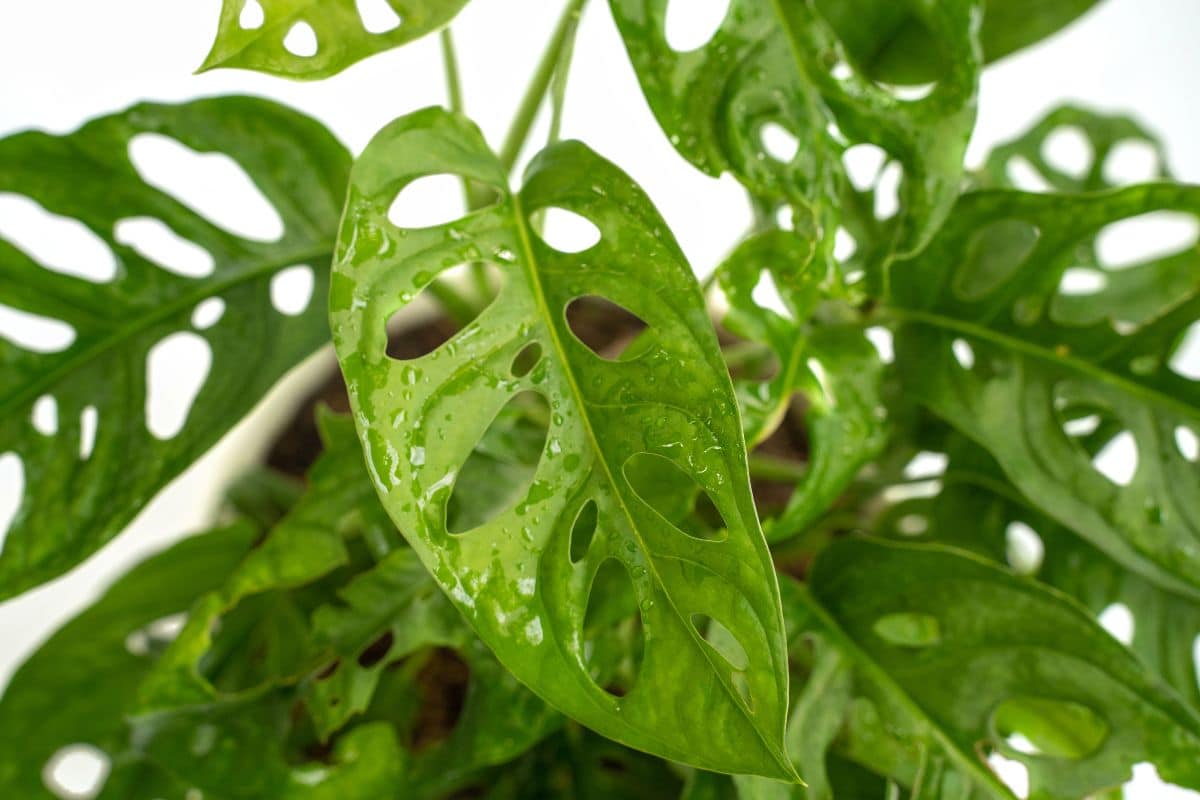Tomatoes are the one crop I look forward to the most in my garden. I know I’m not alone in loving homegrown tomatoes. Tragically tomatoes are disease prone and at the mercy of many pests. Curly top is a disease transmitted by and insects so you are dealing with both pest and disease.
Curly top is a virus that spreads throughout the whole plant and unfortunately there is no cure. You must ruthlessly remove the plant. Leaving it in the garden will allow other insects to feed on the infected plant and spread the virus to other plants.
Leaves of infected plants twist and curl upwards. They become stiff and leathery. Sadly they eventually turn turn yellow, then brown and die. Curly top can also effect melons, spinach, beets, and beans.
To help prevent curly top remove weeds around your garden and control pests.
Since most of my tomatoes are heirlooms that I start from seeds, it is very discouraging to have to tear out a plant. I do usually start 2 or 3 of every variety. I plant one or two in the garden depending on the variety and keep one the potting shed incase I lose one to curly top. Generally I only lose 2 or 3 plants out the the 30+ tomatoes I plant to curly top.
Caging and Covering Tomatoes
I do use a preventative spray to discourage leaf hoppers and various diseases. The sprays are organic and safe for beneficial insects if used properly. If you don’t want to spray you can cover your tomatoes with a row cover. Some studies have shown that putting a shade cloth over the tomatoes makes it more difficult for the leafhoppers to find them.
Disease preventing strategies
Today I weeded around the tomatoes gave each plant a drink of fish emulsion, and spread a layer of mulch around each plant. Prune off any lower leaves that don’t look good. Put them in a plastic bag in the trash just in case they have a fungal or bacterial disease. I did my first spray this morning which will ward off leafhoppers, tomato horn worms, and prevent some diseases if done relgularly.
In a 1 gallon sprayer I add the following depending on what problem you are having. For example if you don’t have horn worms don’t add Spinosad if blight is not a problem don’t add Serenade. The neem and kaolin clay are deterrents for the leaf hopper that spreads the curly top virus:
- 1/2 cups of Kaolin Clay this is a deterrent for any chewing or sucking insect. Add this first with half the water and shake. Then add the remainder of the water and the following. If you do not have all these that’s fine. Use what you have.
- 2 Tbsp of Neem/ gallon- Neem is an insecticide and fungicide. It is systemic and taken up by the plant an spread throughout the plant tissues. When insects feed on the plant, they are inhibited from molting and laying eggs. It is also a repellent. It kills a wide range of insects and is not harmful to beneficial insects because they must ingest it in order to be affected.
- 4 Tbsp of Spinosad- Spinosad is bacteria that is very effective on caterpillars, thrips, aphids and other pests. Good for tomato hornworms so only use if you have hornworms
- 4 Tbsp of Serenade– Serenade is a bacterium,, bacillus subtilis, that prevents fungal diseases. It must be used prior to the pathogen being present. Fungus diseases include mildews, blights, wilts, and anthracnose. Only use if blight is a problem
2 Tbsp of Kelp a great foliar spray
Mix all this and you are ready. I also use this on potatoes, cucumbers, squash, pumpkins, melons and corn.












